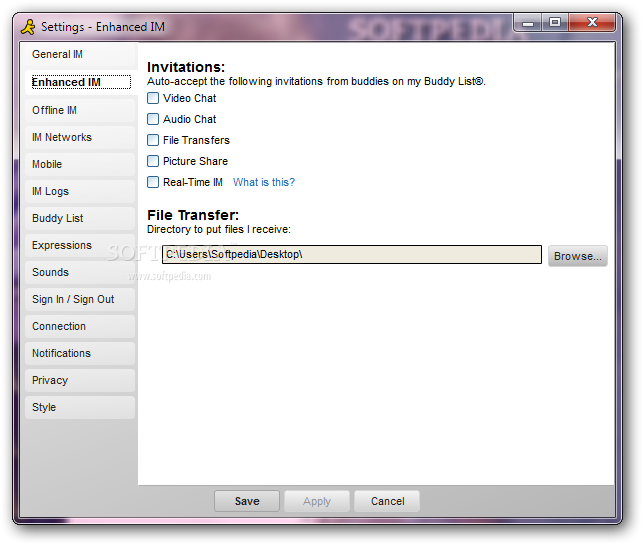
Solid SignalĪIM’s design, with its bright colors and square shapes, would become indelibly associated with nostalgia for ‘90s internet culture. This move meant that AOL had a much deeper reach into our homes than any would-be competitors. But in a stroke of genius, which the company’s owners initially hated, AOL developers chose to make their first chat client, AIM, free to download for non-AOL users as well. But it was the instant-messaging client that most widely proliferated at a moment when the internet was just starting to become a real part of people’s daily lives.ĪOL was the first major internet service provider that many Americans experienced back in the mid-’90s, and most of its products were available for AOL users only. It wasn’t the web’s first instant-messaging client - a different one called IRC preceded it by nearly a decade. AIM entered an entire generation’s lives as part of the internet’s great cultural osmosisĪOL Instant Messenger was born in 1997. AIM was the chat client for a generation, one that left an indelible mark on the way we talk to each other online.

AIMīut that doesn’t negate its cultural influence, or its influence over the many messaging apps that have emerged in its wake. The famed chat client more commonly known as AIM is one of the internet’s longest-lasting cultural touchstones, and one of the few pieces of software that arguably changed how people interact with each other.ĪOL announced in October that the beloved program would be shutting down for good on December 15 - and broke the news on a Tumblr called AIM Memories, a strong indicator of how firmly relegated to nostalgia AOL Instant Messenger had already become. After 20 years, the time has come to say a final goodbye to AOL Instant Messenger.


 0 kommentar(er)
0 kommentar(er)
